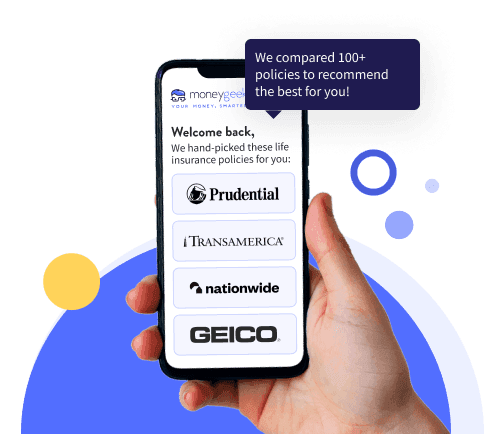Choosing life insurance gets complicated with so many options. You have more choices than just term or whole life policies. Different types cover different needs: short-term protection, lifelong coverage or end-of-life costs.
Some policies stay affordable with basic coverage, while others build cash value or offer flexible benefits. Here are the main types of life insurance and how they work:













